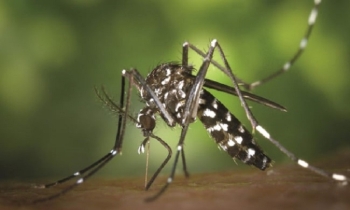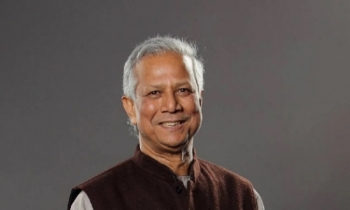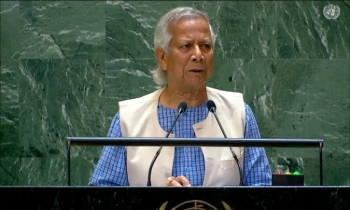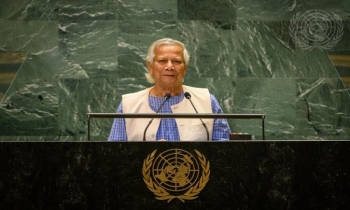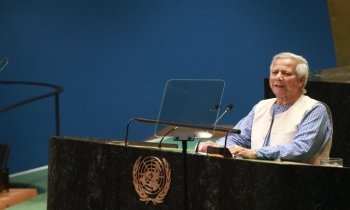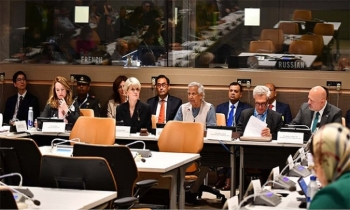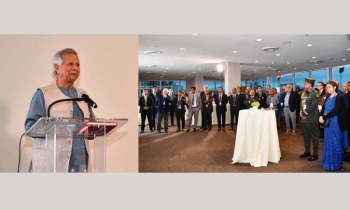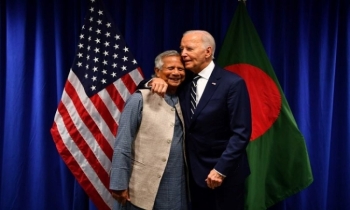Bangladesh may not achieve its 2021 clean energy target
BI Report || BusinessInsider
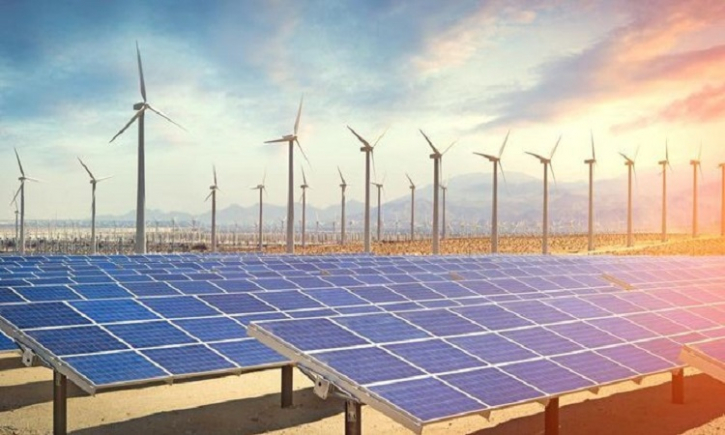
The Bangladesh government's ambitious target of generating 1152 MW power from wind energy by 2021 seems almost impossible to achieve.
Experts attribute this to its failure to showcase the sector's potential in a credible way before investors, reports UNB.
According to the Sustainable and Renewable Energy Development Authority (Sreda), only three small wind energy plants, having a total capacity of 2.9 MW, have been installed by the Bangladesh Power Development Board (BPDB) so far against the 1152 MW target.
Moreover, sources said, the government’s latest move to implement three wind power projects, each having 50 MW, remained stuck up in the tender and re-tender processes.
The state-owned BPDB, as the implementing agency, invited tenders for three locations -- Dakop in Khulna (near Mongla), and Chandpur and Inani beach in Cox’s Bazar -- to implement the renewable energy projects in private sponsorship.
Only a single bidder — Chinese firm Envision Energy — participated in the tender process for two locations and finally emerged qualified for only one location, Mongla.
Again, the government re-tendered for the remaining two locations — Inani beach and Chandpur.
The bid submission timeline was extended to December 31, said Md Zahir Ahmed, a senior official of the Bangladesh Power Development Board, which floated the tender.
Earlier, BPDB invited bids for a 100 MW offshore wind power project but could not find takers.
Experts in the renewable energy industry blamed the implementing agency's failure to present location-specific data and information on wind energy in a credible way before potential investors.
“A number of studies were carried out by different agencies to evaluate wind resource potentials, but no follow-up process was maintained to conduct the subsequent research to find the location-wise detail and specific data,” said Siddique Zobair, former Sreda member.
When half-done data were presented before the potential investors, he said, they expressed doubt about the feasibility of the project and their financiers were not convinced with the project’s viability.
“That’s why the response in wind energy is so poor,” Zobair said.
Shariar Ahmed Chowdhury, a professor at United International University, said wind energy is very sensitive.
“If data lacks 10 percent accuracy, it has a big impact and there may be a variation of 30-40 percent in the final output,” he said.
Officials at Sreda and BPDB said a number of studies were conducted in collaboration with international donor agencies to assess the wind energy potentials across the country.
The latest one was conducted by National Renewable Energy Laboratory (NREL), with financial support of the US Agency for International Development (USAID), which identified nine locations, having wind energy potentials across the country.
The locations, having average wind speed between 5-6 metre per second at a height of over 60-80 metre, are Lalpur of Natore in Rajshahi, Chandpur, Sitakunda and Parkay Beach in Chattogram, Gouripur in Mymensingh, Madhupur Tea Estate in Habigonj, Dacop in Khulna near Mongla port, Inani Beach in Cox’s Bazar and Badarganj in Rangpur.
The NREL, in its report submitted to the Power Division, also mentioned that the country has a potential of 30,000 MW of wind energy as there are 20,000 square kilometre of areas where wind speed is 5.75-7.75 metre per second.

